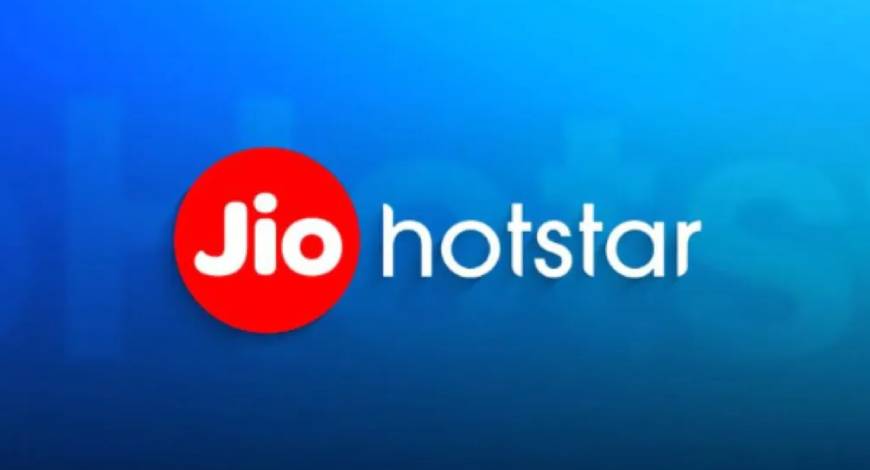The federal government has cancelled dozens of grants to study how to prevent new HIV infections and expand access to care, decimating progress toward eliminating the epidemic in the United States, scientists say.
The National Institutes of Health (NIH) terminated at least 145 grants related to researching advancements in HIV care that had been awarded nearly $450m in federal funds. The cuts have been made in phases over the last month.
NIH, a division of the Department of Health and Human Services, is the largest funding source of medical research in the world, leaving many scientists scrambling to figure out how to continue their work.
“The loss of this research could very well result in a resurgence of HIV that becomes more generalized in this country,” said Julia Marcus, a professor at Harvard Medical School who recently had two of her grants cancelled. “These drastic cuts are rapidly destroying the infrastructure of scientific research in this country and we are going to lose a generation of scientists.”
In 2012, the FDA approved pre-exposure prophylaxis (PrEP), an antiviral drug taken once a day that is highly successful at preventing new HIV infections. While the drug has been a powerful tool to contain the virus, inequities remain in accessing those drugs and sustaining a daily treatment. Despite major progress, there are still 30,000 new infections each year in the US.
Many of the terminated HIV-related studies focused on improving access to drugs like PrEP in communities that have higher rates of infections – including trans women and Black men. One of Marcus’s projects was examining whether making PrEP available over the counter would increase the use of the drug in vulnerable communities.
“The research has to focus on the populations that are most affected in order to have an impact and be relevant,” said Marcus.
Yet, this may be the justification for defunding so many HIV-related studies. A termination letter reviewed by the Guardian dated 20 March cited that “so-called diversity, equity and inclusion (DEI) studies are often used to support unlawful discrimination on the basis of race and other protected characteristics, which harms the health of Americans.”
The National Institutes of Health did not expand on why the grants were terminated in response to questions from the Guardian. In a statement it said it was “taking action to terminate research funding that is not aligned with NIH and HHS priorities. We remain dedicated to restoring our agency to its tradition of upholding gold-standard, evidence-based science.”
Many researchers were left stunned by the scale of the cancellations since in 2019, Donald Trump announced in his State of the Union address a commitment to eliminate the HIV epidemic in the country over the next 10 years. As part of this initiative, his administration negotiated a deal with drug companies to provide free PrEP for 200,000 low-income patients.
“Scientific breakthroughs have brought a once-distant dream within reach,” said Trump in his address. “Together we will defeat Aids in America.”
Amy Nunn, a professor at the Brown University School of Public Health, said she had even tailored grant proposals to fit the policy goals of the initiative, which included geographically targeting HIV prevention efforts. One of her studies that was terminated focused on closing disparities of PrEP use among African American men in Jackson, Mississippi.
“They finally adopted those policies at the federal level,” Nunn said, noting that Trump was the first president to make ending the epidemic a priority. “Now they’re undercutting their own successes. It’s so strange.”
Though hundreds of millions of dollars in federal funds had been awarded for the grants, the terminations will not recoup all of that money for the administration, since many are years into their work. Some are even already finished.
Nathaniel Albright learned earlier this month that an NIH grant supporting his doctoral research was cancelled even though his project had already been completed. A PhD candidate at Ohio State University, Albright is defending his dissertation at the end of the month. Still, Albright is concerned how the cuts affect the future of the field.
“It’s created an environment in academia where my research trajectory is now considered high risk to institutions,” said Albright, who is currently struggling to find postdoctorate positions at universities.
Pamina Gorbach, an epidemiologist who teaches at University of California, Los Angeles, had been following hundreds of men living with HIV in Los Angeles for 10 years to learn their needs. She had been awarded an NIH grant to better facilitate their treatment through a local clinic. Her funding was cancelled earlier this month as well.
“It’s really devastating,” said Gorbach. “If you’re living with HIV and you’re not on meds, you know what happens? You get sick and you die.”
Clinic staff in Los Angeles will likely be laid off as a result of the cuts, said Gorbach. Others agreed one immediate concern was how to pay their research staff, since the funds from a grant are immediately frozen once it is terminated. The NIH funds also often make up at least a portion of university professor’s salaries, all said they were most alarmed by the impact on services for their patients and the loss of progress toward ending the epidemic.
“This is erasing an entire population of people who have been impacted by an infectious disease,” said Erin Kahle, the director of the center for sexuality and health disparities at the University of Michigan who lost an NIH grant.
Scrapping an entire category of disease from research will have innumerable downstream effects on the rest of healthcare, she added.
“This is setting us back decades,” said Kahle. The Guardian









